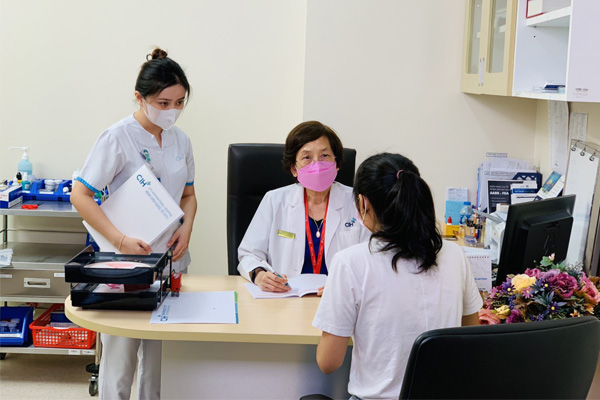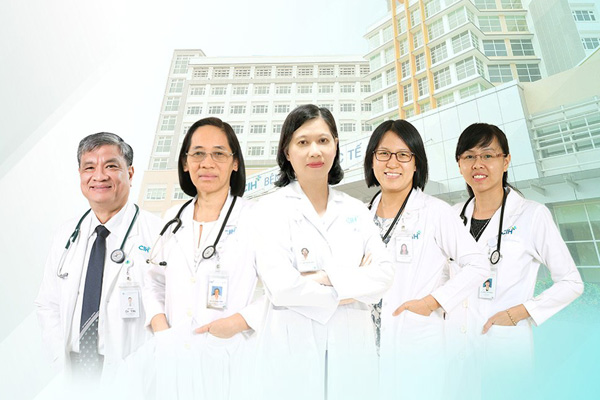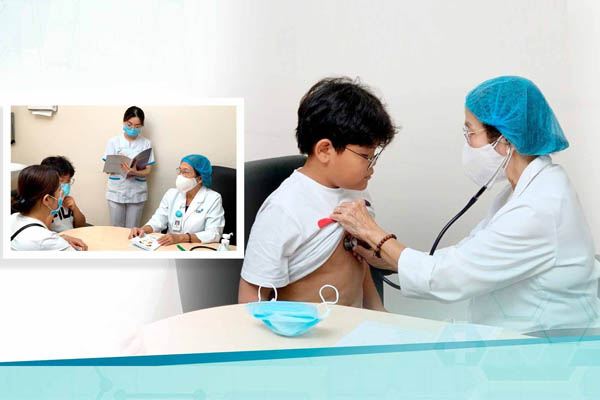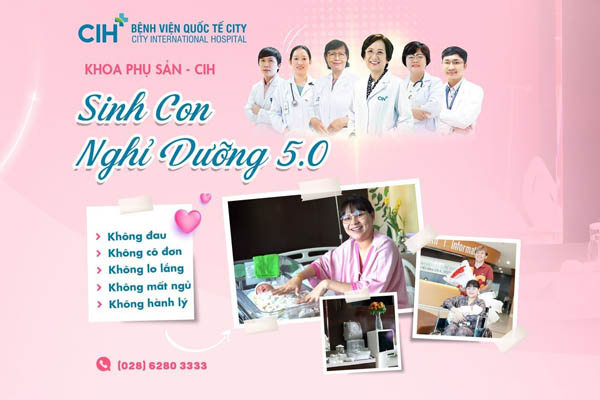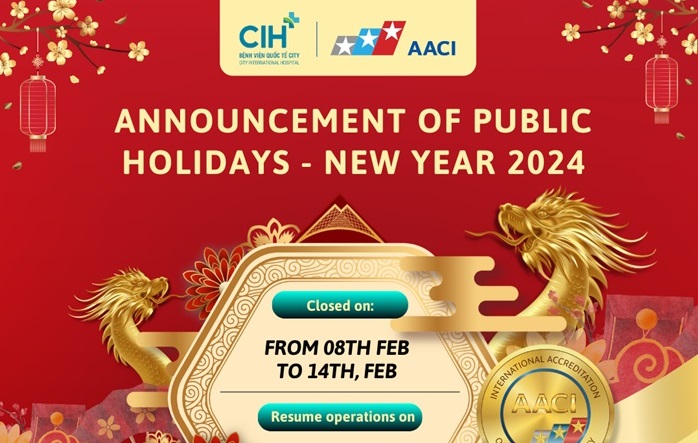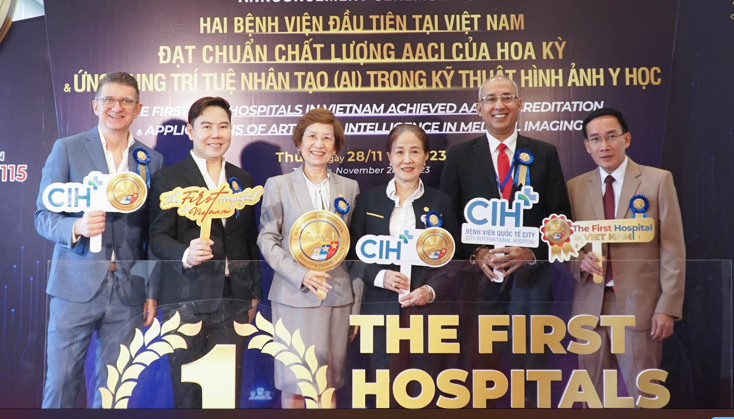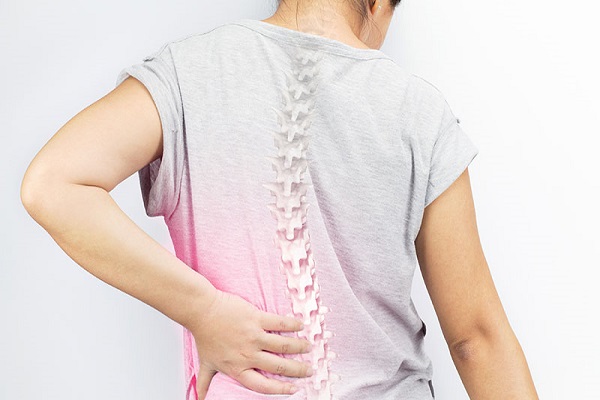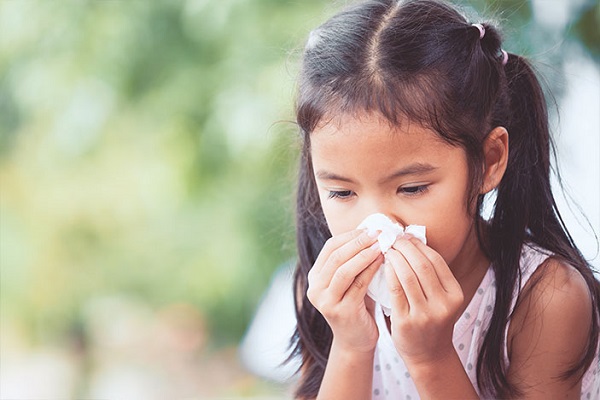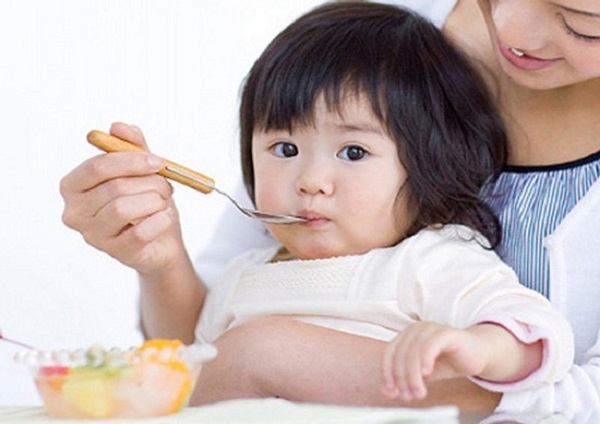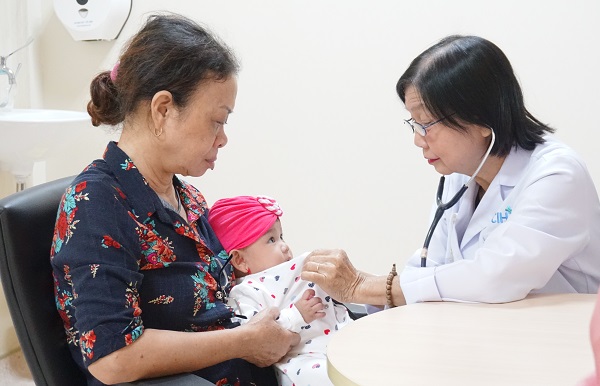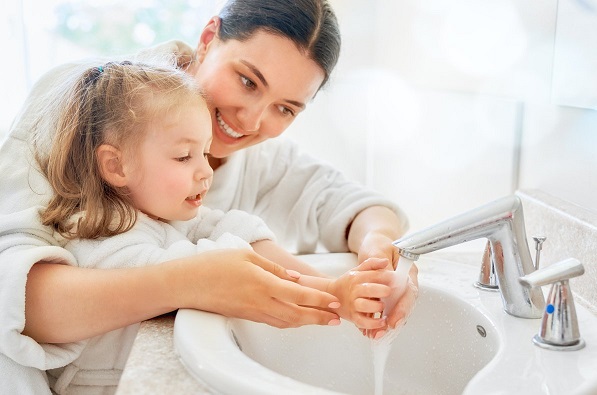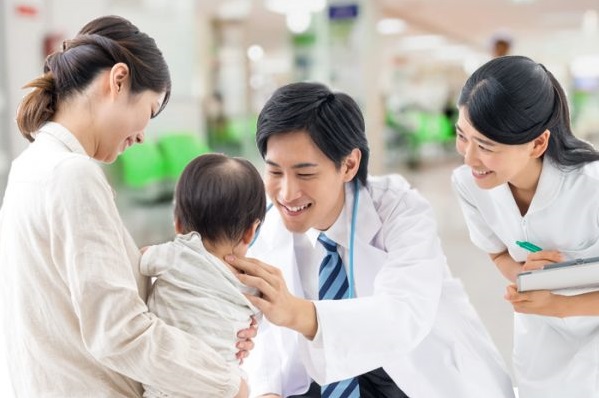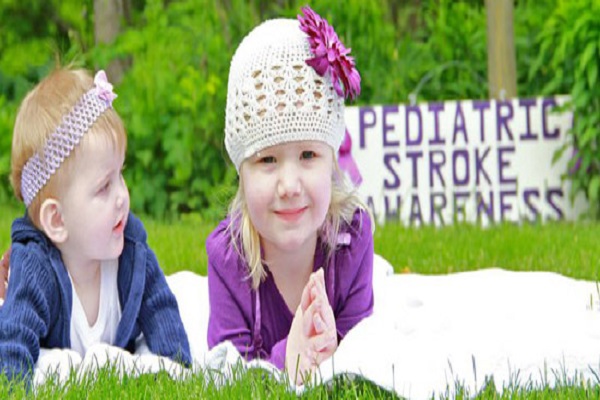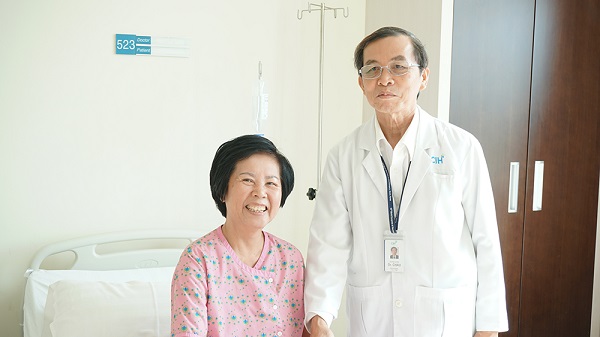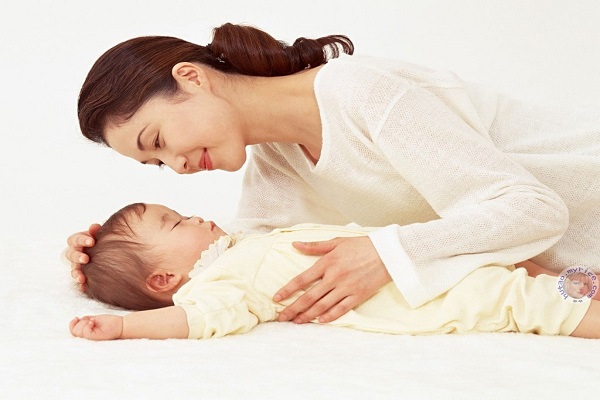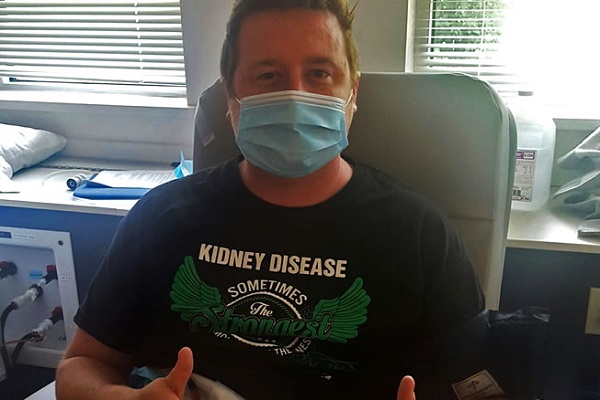Scoliosis is a sideways curving and turning of the bones of a child’s spine which affects approximately 2-3% of children and teenagers. It’s more common in girls than boys, particularly in girls aged 10-13 years.
What is scoliosis in children?
Scoliosis is a deformity of the backbone (spine). It’s when the spine has a side-to-side curve. The curve of the spine measures 10 degrees or more.
A normal spine appears straight when looked at from behind. But a child with scoliosis has a spine with an S or C shape. The child may look like he or she is leaning to one side. The curve can happen on the right or left side of the spin. Or it can happen on both sides in different sections. Both the middle (thoracic) and lower (lumbar) spine may be affected.
Signs and symptoms of scoliosis
- unevenness in the shoulders and waistline
- the pelvis shifted to one side
- the head slightly tilted
- unevenness in the shape of the rib cage at the back, when the person bends forward.
- Many children have mild back pain. Scoliosis does not usually cause this pain, but some things that cause back pain may cause scoliosis.
These symptoms may seem like other back problems. Or they may be a result of an injury or infection. Make sure your child sees his or her healthcare provider for a diagnosis. If you notice any of these signs in your child, contact your doctor to have your child screened.
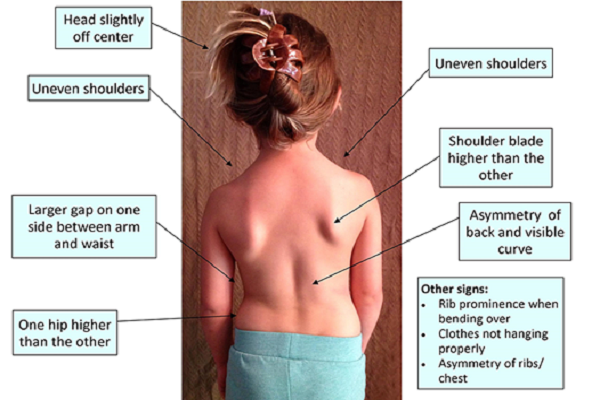
What causes scoliosis in a child?
In most cases, the cause of scoliosis is not known. A child may be born with it. Or he or she can develop it later in life. It’s most often seen in children between the ages of 10 and 18. It tends to affect more girls than boys.
Possible causes of scoliosis include:
- Nervous system problems like cerebral palsy or muscular dystrophy
- Inherited conditions that tend to run in families
- Differences in leg lengths
- Injury
- Infection
- Tumors
What Is the Typical Age for a Child to Be Diagnosed with Scoliosis?
Scoliosis can develop in children from birth to adolescence, or at any point when the spine and skeleton are undergoing periods of rapid growth. While mild scoliosis impacts an equal number of girls and boys, girls are more likely to develop progressive spinal curvature that require more aggressive treatment.
Risk Factors for Scoliosis: Who Suffers Most?
- Delayed puberty and hormonal problems in teens (a form of low estrogen, hyperestrogenism)
- For women, being post-menopausal or having low estrogen levels (hypoestrogenism), since estrogen plays an important part in building bone density
- Having a genetic predisposition that affects bones and spinal health (scoliosis runs in families, and certain mutated genes seem to up the risk for inherited forms of scoliosis)
Possible Complications
Complications of scoliosis can include:
- Breathing problems (in severe scoliosis)
- Low back pain
- Lower self-esteem
- Persistent pain if there is wear and tear of the spine bones
- Spinal infection after surgery
- Spine or nerve damage from an uncorrected curve or spinal surgery
- Leakage of spinal fluid
Prevention
Routine scoliosis screening is now done in middle schools. Such screening has helped detect early scoliosis in many children.
What Is the Typical Age for a Child to Be Diagnosed with Scoliosis?
Scoliosis can develop in children from birth to adolescence, or at any point when the spine and skeleton are undergoing periods of rapid growth. While mild scoliosis impacts an equal number of girls and boys, girls are more likely to develop progressive spinal curvature that require more aggressive treatment.
Diagnosis
Your child’s healthcare provider can diagnose scoliosis with a complete health history of your child and a physical exam. Your child may also need these tests:
- X-rays. This test makes images of internal tissues, bones, and organs. It is the primary tool for diagnosing scoliosis. It measures the degree of spinal curvature.
- MRI. This test uses a combination of large magnets and a computer to make detailed images of organs and structures within the body.
- CT scan. This test uses X-rays and a computer to make detailed images of the body.
Finding scoliosis early is important for treatment. If left untreated, scoliosis can cause problems with heart and lung function. Healthcare providers, and even some school programs, routinely look for signs of scoliosis in children.
Treatment for scoliosis
Treatment will depend on your child’s symptoms, age, general health and how severe the condition is. Your child will need to see his or her healthcare provider often to check on the curve of his or her spine. Whether the curve gets worse depends on the amount of skeletal growth, or how skeletally mature your child is. Curving of the spine often slows down or stops after a child reaches puberty.
The goal of treatment is to stop the curve from getting worse and prevent deformity. Treatment may include:
1. Observation and repeated exams.
Your child will need to see his or her healthcare provider often to check on the curve of his or her spine. Whether the curve gets worse depends on the amount of skeletal growth, or how skeletally mature your child is. Curving of the spine often slows down or stops after a child reaches puberty. Treatment depends on how severe the scoliosis is and how mature the child’s bones are.
- For children with mild scoliosis who are still growing, doctors usually recommend close monitoring and X-rays every 4-6 months.
- For children with moderate scoliosis who are still growing, doctors might recommend a brace.
2. Bracing.
If your child needs a brace, she’ll wear it under her clothes for 23 hours a day, with one hour off for exercising and showering. A brace won’t correct a curve, but it might help prevent it getting worse as your child grows. Braces significantly decrease the need for surgery.
3. Surgery
Surgery is recommended only in severe cases of scoliosis, when doctors think the curve is likely to keep getting worse, even when a child has stopped growing. If a child has pain and poor quality of life because of the scoliosis, doctors might also recommend surgery.
Surgery most commonly involves fixing metal rods to the spine to realign and stabilize the affected areas. If your child has this surgery, he’ll usually stay in hospital for 5-7 days and go back to school 3-4 weeks later.
Children with scoliosis might also get support from an orthoptist, a physiotherapist or a psychologist.
4. Physical therapy and other options
Regular exercise is important for children with scoliosis. It can help improve muscle strength and may help reduce any back pain.
Children with scoliosis can usually do most types of exercise safely. They only need to avoid certain activities if advised to do so by a specialist.
It's not yet clear whether specific back exercises or physiotherapy can help improve scoliosis – they're not recommended by all specialists. There's currently little reliable evidence to suggest that other therapies, such as osteopathy and chiropractic, can help correct a curved spine or stop it getting worse.
City International Hospital brings together a team of specialists to treat every type of scoliosis in babies, children, teens and young adults using nonsurgical and surgical methods. We have treated thousands of children with scoliosis, and our team is known nationally for treating all kinds of spinal deformities in children. If you have questions or would like to request an appointment with one of the specialists at City International Hospital, click here or call (8428) 6280 3333, ext. 0.
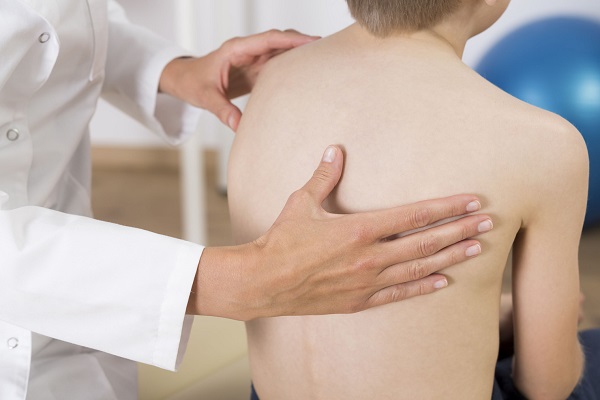
Meet the team
| Doctor name | Photo | Title |
|
|
Head of Trauma-Orthopedics Department |
|
|
|
Spine surgeon |
|
|
|
Trauma-Orthopedics Doctor |
For appointment or more information about the services provided by Orthopedic Clinic, please contact:
- Operator: (8428) 6280 3333, ext. 0
- Address: No. 3, 17A Street, Binh Tri Dong B Ward, Binh Tan Dist. (Next to AEON Mall Binh Tan). Ho Chi Minh City.
- Website: https://cih.com.vn/en/
- Email: This email address is being protected from spambots. You need JavaScript enabled to view it.













